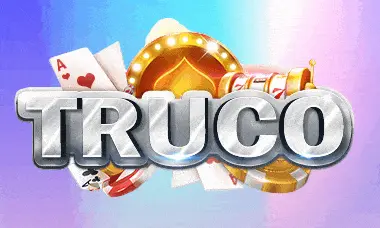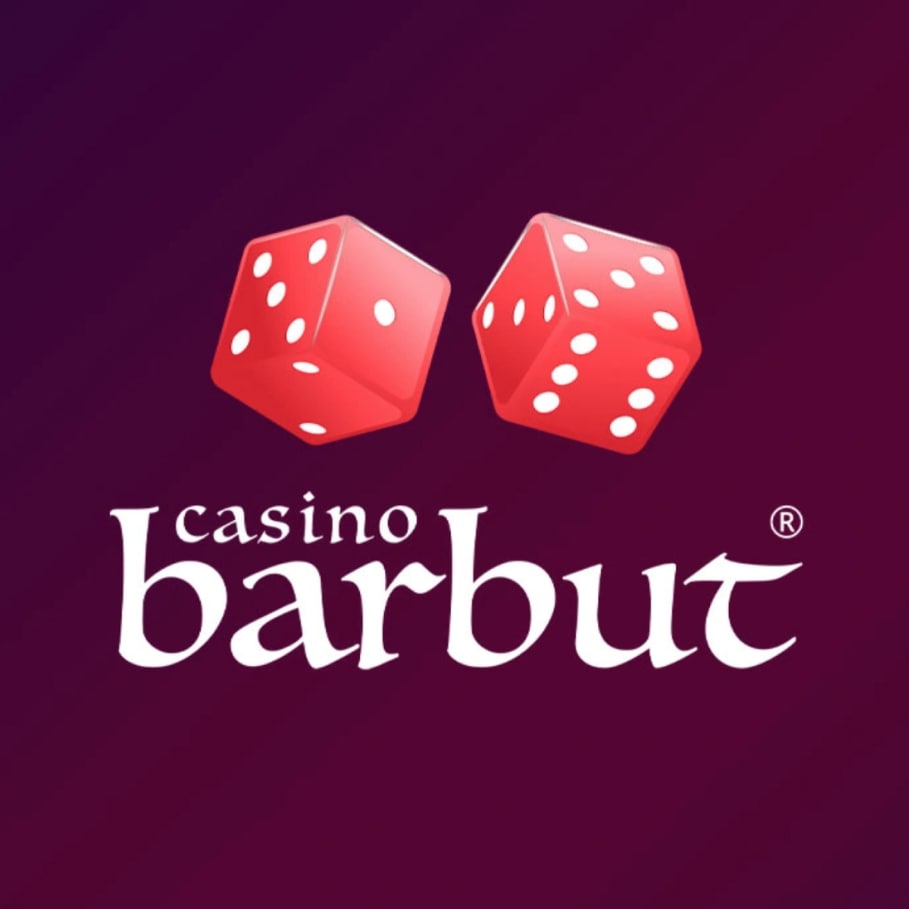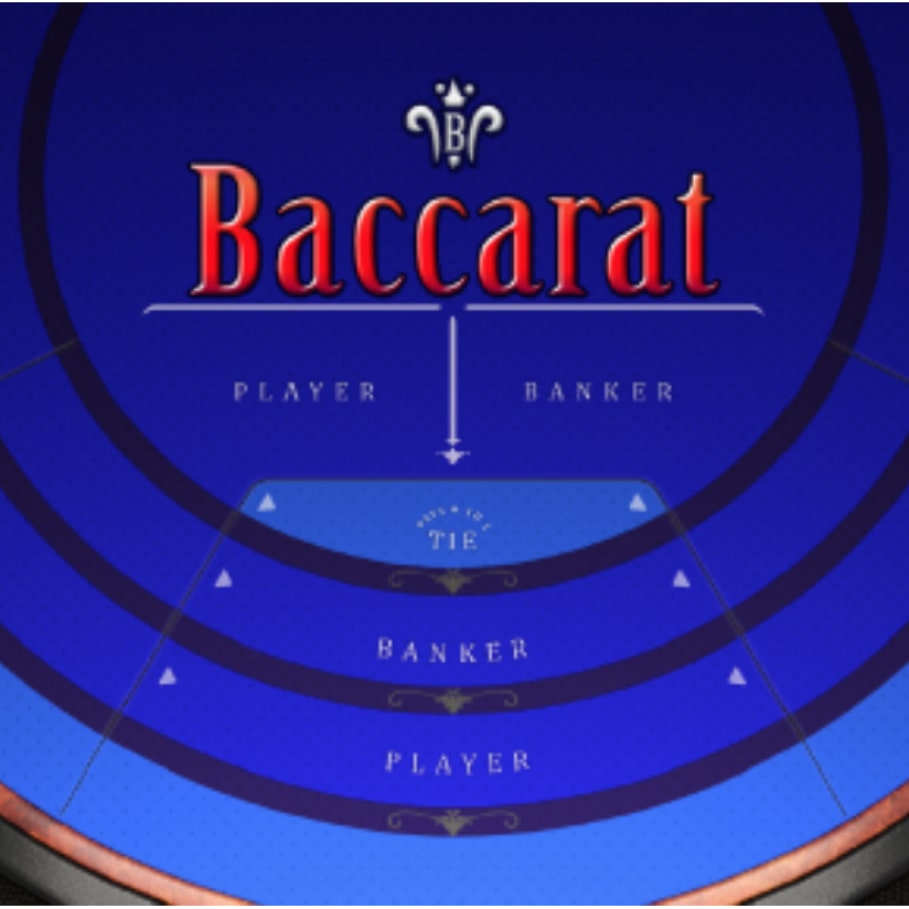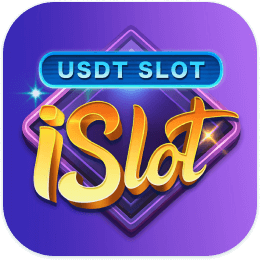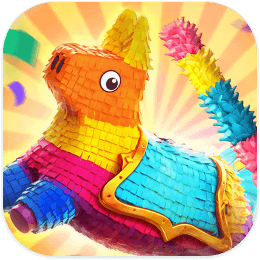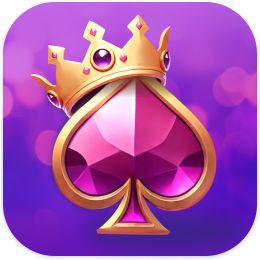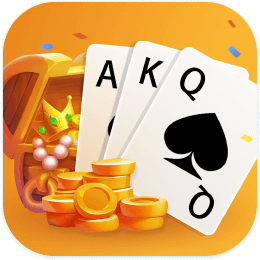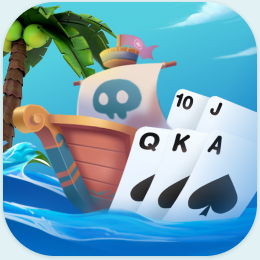The Top 10 Online Learning Platforms for 2024

There are a lot of online learning platforms out there, so how do you choose? Start by exploring these top picks!
The Top 10 Online Learning Platforms for 2024
| Platform | Best For | G2 Score | Pricing |
|—|—|—|—|
| 1. Thinkific | Custom course creation | 4.7/5 | Free plan available; paid plans start at $149/mo |
| 1. Coursera | Accredited certificates & degrees | 4.5/5 | Free courses available; paid courses start at $9.99 |
| 1. LinkedIn Learning | Professional skill-building | 4.4/5 | $39.99/mo or $239.88/yr |
| 1. Skillshare | Creative skills & projects | 3.4/5 | $168/yr or $14/mo |
| 1. edX | Formal education | 4.5/5 | Free classes available; certificates start at $50 |
| 1. OpenLearning | Microcredentials & community | 4.6/5 | Free courses; credentials $150-$500 |
| 1. Udemy | Variety & affordability | 4.5/5 | Courses from $10 to $200 |
| 1. Treehouse | Coding & web development | 4.3/5 | $25/mo or $250/yr |
| 1. MasterClass | Learning from experts | 4.5/5 | $10/mo (billed annually) |
| 1. Khan Academy | Free foundational education | 4.5/5 | Free |
What value do online learning platforms bring?
In a paper titled Online Learning Platforms: Reconstructing Modern Higher Education, Zi-Yu Liu, Natalya Lomovtseva and Elena Korobeynikova argue that online learning platforms can change the way higher education works in the future. They said the greatest benefits to this type of tool includes, “greater freedom of access, lower education prices, the possibility of dividing the content of the e-course into modules, flexibility of education, the ability to keep up with modern pace of life, and the ability to define criteria for assessing knowledge.”
How to choose the best online learning platform
In general, you should look at structure, course content, community and price when evaluating which online learning platform is best suited for you. This will apply regardless if you’re using it to learn or to monetize your content!
Choosing the right online learning platform will generally mean balancing these four aspects in a way that works best for you.
Structure of the platform
Course structure is important because it leads to a better learning experience and more effective delivery of professional development programs. As an example, you can probably piece together knowledge on almost any topic through YouTube, but it would lack a structured and progressive environment. This would make it hard for students to learn independently.
Available course content
Looking at the course content is key to whatever you’re planning to learn or teach. All online degree programs and course materials are somewhat unique in how they approach any given subject. Take web development or programming, for example. There are so many principles, languages and frameworks that you can learn that it can’t simply be covered by individual courses. Some specialization is necessary.
If you’re planning to deliver a course through an online learning platform, it will help to look for ones that offer similar topics already. You can also look for platforms that offer similar set-ups. Free or mini courses attract a much different audience than Bachelor’s degree programs!
Community support
Community makes the learning process much more fun and effective. When you’re stuck and can ask your peers for help, it reinforces what you’ve just learned with another perspective. Plus, doing something with a cohort of students is much more motivating than going alone.
From the teaching perspective, you can leverage learning communities to empower brainstorming, independent problem-solving, and passion-building for the course topic.
Pricing
Price is another key factor in selecting course materials that work for you. There are many free courses available but paid ones tend to be more engaging and of higher quality. Some courses offer free trials while others offer refunds if you don’t like it. Some courses give you lifetime unlimited access while others rely on a subscription model or only work for a limited time.
Whether you’re monetizing or purchasing a course, you need to consider the value that the course provides to the student. Is the topic of interest, and does it provide enough content to be worth the pricing model offered?
When you’re selling through an online learning tool, you’ll also want to consider if there are any added costs. Sometimes the cost is accrued per sale, and sometimes it is a monthly fee.
What’s the difference between online learning platforms and learning management systems?
When you’re researching which online learning platform is right for you, it’s important to know how it differs from other similar solutions such as learning management systems (LMS) and online course websites.
An online learning platform is a user-facing environment where students can learn new skills. In comparison, a learning management system is a back-end solution that provides all the necessary tools to the online learning platform so it can function smoothly. This would provide features like uploading videos, creating quizzes, grading assignments and much more.
Online learning platforms are similar to online course websites. In practice, the difference is that the online learning platforms tend to offer more flexibility than course websites. Online course websites are used for course creation, whereas online learning platforms can encompass all kinds of learning experiences, from short videos to online degrees.
10 Best online learning platforms
Now that you know what online learning platforms offer, and have a general idea of what you’re planning to study or teach, you can see which one of these 10 top-notch learning platforms suits you best.
Skip ahead here:
Thinkific
Coursera
LinkedIn Learning
Skillshare
edX
OpenLearning
Udemy
Treehouse
MasterClass
Khan Academy
1. Thinkific Pros- Learn to create courses for free - Flexible, intuitive system to create your own courses - Plenty of customer support for course creators Cons - No library of courses to discover 1. Coursera Pros- More than 1,500 courses are free - A variety of subjects, from arts to computer science - Official certificates recognized by many employers Cons - Free courses don’t come with certificates - Some courses have time limits 1. LinkedIn Learning Pros- 17,000+ courses available - Detailed how-tos for the most popular software - Easily add new certifications to your LinkedIn profile Cons - Need a LinkedIn profile to access learning 1. Skillshare Pros- More than 35,000 courses available - A mobile app for on-the-go learning - Learning from “real” people rather than organizations Cons - Courses rarely go in-depth - Instructors may not have professional training 1. EdX Pros- A large library of high-quality courses - Earn a bachelor’s or a master’s degree - Works with Ivy League schools Cons - Not as many courses in creative fields 1. OpenLearning Pros- Use credentials toward university degrees - Supportive community - Platform powered by AI Cons - Courses can be expensive 1. Udemy Pros- The largest selection of courses - 30-day money-back guarantee - No subscription - No deadlines Cons - Some courses can be low quality - No credits for higher education 1. Treehouse Pros- High-quality progressive courses - A built-in text editor for assignments - Affordable Cons - Not many options besides programming 1. MasterClass Pros- Celebrity instructors - High-quality videos and unique content Cons - Introductory knowledge in most courses - No ability to measure progression - Smaller content creators cannot freely publish courses 1. Khan Academy Pros- Free courses - A variety of topics - Supports a charity initiative Cons - Focused on K-12 students
Thinkific

Start by looking into the most flexible online learning platform of all — Thinkific.
Thinkific is not a gallery of courses, rather it’s one of the best platforms to create learning products and organize a custom learning experience for your team. The flexibility of the platform makes it work great for educating students, training employees, and building product education programs, or anything else you can dream up!
Not sure where to start? Thinkific Academy will teach you how to build with an online learning platform, as well as how to price and market your courses effectively.
Best For: Custom course creation and digital products
G2 Score: 4.7/5
Thinkific Pricing
Thinkific has a free plan that allows you to start building courses right away. Paid plans provide you with access to more engagement, tracking, and monetization features, and start at $149 per month.
For learners, Thinkific’s courses are all priced independently by the course creators using the platform. Take some time to research a topic that you love and you’ll likely find a bunch of free courses, too!
“It was just so easy. I decided to stick with it, and I have never had any problems. If I’d known that platforms like Thinkific were available to me, I think I could have handled it better on my own from the beginning.” — Amanda Schonberg
| Pros- Learn to create courses for free - Flexible, intuitive system to create your own courses - Learning communities - No-code custom-branded mobile app builder for educators | ConsNo library of courses to discover |
|---|
Coursera
Coursera partners with top universities like Stanford and Yale, offering certificates and degrees recognized by employers. Whether you want to boost your career or explore a new subject, Coursera has thousands of courses to choose from.
Best For: Accredited certificates and degrees
G2 Score: 4.5/5
Coursera Pricing
Lots of courses are available for free. Paid courses start at $9.99, with certificate-level courses beginning at $39, and university courses at $2,000. You can also choose to pay $59 a month or a $399 annual fee to unlock all the courses on Coursera. However, the monthly or yearly subscriptions do not include university degrees or MasterTrack certificates.
“Being a mother — especially a working mother means I’m constantly trying to juggle my schedule, my kids’ schedules, and work. I am very grateful for the flexible and remote learning programs that Coursera has to offer.” — Kenia R.
| ProsMore than 1,500 courses are free A variety of subjects, from arts to computer science Official certificates recognized by many employers | ConsFree courses don’t come with certificates Some courses have time limits |
|---|
Related:
- Coursera Alternatives
LinkedIn Learning

LinkedIn Learning is ideal for professionals looking to develop career-relevant skills. With thousands of courses on business, tech, and creativity, it’s easy to add certifications directly to your LinkedIn profile.
Best For: Professional skill-building
G2 Score: 4.4/5
LinkedIn Learning Pricing
Individual courses vary between $20 and $50. LinkedIn Learning costs $39.99 for a monthly subscription, and $239.88 for an annual plan (which is a 50% savings!) These plans also give you access to LinkedIn Premium, with advanced networking and career-building tools.
Bulk pricing is also available for companies or educational institutions who want to offer the platform to their organization.
“Step by step, we’re leveraging LinkedIn Learning to exchange knowledge and create a more open learning culture,” said Stefanie. “We’re changing the learning mindset to teach our coworkers how they can use LinkedIn Learning to build up their skills and grow their careers.” — Stefanie Reich
| Pros17,000+ courses available Detailed how-tos for the most popular software Easily add new certifications to your LinkedIn profile | ConsNeed a LinkedIn profile to access learning |
|---|
Skillshare

Skillshare is great for learning creative skills in a flexible, accessible way. Most courses are project-based and led by real-world creatives, making it a favorite for artists, designers, and makers.
Best For: Creative skills and projects
G2 Score: 3.4/5
SkillShare Pricing
The pricing seems to depend on the country where you reside. However, on average, you can expect to pay $168 per year, or $14 per month.
“I absolutely love Skillshare! There are a huge range of subjects to choose from with different levels usually available. The rating system is terrific for picking teachers. I’ve also never had a bad teacher—of the classes I’ve taken, the teachers have all been wonderful. Can’t recommend Skillshare enough!” — Elizapainter
| ProsMore than 35,000 courses A mobile app for on-the-go learning Learning from “real” people rather than organizations | ConsCourses rarely go in-depth Instructors may not have professional training |
|---|
Related: Skillshare vs Thinkific – A detailed comparison
edX

edX offers courses from top universities like Harvard and MIT. It’s perfect for learners who want formal education without the high cost of in-person programs. Most courses are STEM-focused but there are options across various subjects.
Best For: Formal education
G2 Score: 4.5/5
edX Pricing
Free classes do not offer certificates. Courses that come with certificates cost between $50 and $300. Full degree programs combine multiple courses and are usually $1,000 or higher.
“edX has a wide range of courses that are easy to follow and genuinely useful. I just finished a course in Project Management, and it’s already making a difference at work.” — Louise
| ProsA large library of high-quality courses Earn a bachelor’s or a master’s degree Many courses in the sciences Works with globally ranked universities More affordable to get a degree than in-person options | ConsNot as many courses in creative fields |
|---|
OpenLearning

OpenLearning is a community-focused platform that emphasizes collaboration and interaction. It’s especially popular in Australia and offers microcredentials that can be applied toward university degrees.
Best For: Microcredentials and community learning
G2 Score: 4.6/5
OpenLearning Pricing
Free courses available; microcredential courses $150-$500. Course creation starts at $900/year.
“The taster team at CSU has had unbelievable support from the OpenLearning team. Whether it involved suggesting ways to improve our search results, creating a results-oriented marketing campaign, developing creative and clean online modules, responding to any technical requests, or providing input and feedback into a myriad of questions, OpenLearning has been there for us.” — Professor Valerie Peachey
| Pros | Cons |
|---|---|
| - Use microcredentials toward university degrees - Supportive community - Leverages AI technology | - Courses can be expensive |
Udemy

Udemy has the widest selection of courses, covering everything from personal development to professional skills. You pay per course, making it easy to pick and choose what you need.
Best For: Variety and affordability
G2 Score: 4.5/5
Udemy Pricing
Each course on Udemy is sold separately, from as little as $10 and up to $200. Udemy subscriptions are not available to all students. Hence, you may have to shell out on individual courses if you are looking for premium learning. Note that only a selection of 10,500 courses from the full catalog are provided to subscribers on the Personal Plan.
“The beauty of Udemy is that anyone, anywhere with an internet connection can learn from the world’s experts. Most courses are taught on demand, meaning you can take them at your own pace, and every course includes a discussion board where you can interact with the instructor and your fellow students. The best part is that most courses are free(!)… and even the paid courses cost far less than what you’d pay at a local college or university.” — Udemy Reviews, edshelf
| ProsThe largest selection of courses 30-day money-back guarantee No subscription No deadlines | ConsSome courses can be low quality (minimal vetting process done by Udemy for instructors) No credits for higher education |
|---|
Related:
- Udemy vs Thinkific – A detailed comparison
- Top alternatives to Udemy
Treehouse

Treehouse is an interactive platform for learning to code. Courses are organized into tracks, offering structured learning in topics like front-end development, cybersecurity, and app development.
Best For: Coding and web development
G2 Score: 4.3/5
Treehouse Pricing
Treehouse charges $25 per month for regular memberships, or $250 for the annual plan (which essentially gives you two free months). If you want a certificate, however, there are even more structured Techdegree programs starting at $49 per month.
“Treehouse has such a variety of learning, and the easy-to-follow videos, challenges, and practices are fantastic. The community is amazing, especially in the Techdegrees.” — Claire Tregunna
| ProsHigh-quality progressive courses A handy text editor built right in | ConsNot many options besides programming |
|---|
MasterClass

MasterClass features top professionals like Gordon Ramsay and Martin Scorsese, offering insight into their crafts. The platform is perfect if you want to learn directly from industry leaders.
Best For: Learning from experts
G2 Score: 4.5/5
MasterClass Pricing
Billed annually, MasterClass costs $10 per month on an Individual plan, $20 for Duo (which allows access on 2 devices) and $23 for Family (up to 6 devices).
“Masterclass is amazing! The instructors are top experts, and the lessons are both inspiring and practical. The platform is user-friendly, and the video lessons are so engaging. I really can’t fault Masterclass!” — Jasmine
| ProsCelebrity instructors High-quality videos and unique content Introductory knowledge in most courses | ConsNo ability to measure progression Smaller content creators cannot freely publish courses |
|---|
Khan Academy

Khan Academy offers free courses primarily focused on K-12 subjects like math, science, and economics. It’s a valuable resource for students, parents, and lifelong learners.
Best For: Free foundational education
G2 Score: 4.5/5
Khan Academy Pricing
Absolutely free! Khan Academy is a non-profit.
“Fantastic resource for all! I’m so very impressed with the extensive content available to everyone, for free, via Khan Academy. What a gift!” — Caroline Williams
| ProsFree courses A variety of topics Gamified learning experience | ConsMore focused on K-12 students |
|---|
How to monetize your own content on online learning platforms
There are so many online learning platforms and so much to learn on almost any subject imaginable. The best thing is that once you acquire enough knowledge, you can start monetizing it as well through your own courses in your own unique way. All you need is the platform to do it!
As you build your course, a few tips to keep in mind are:
- Reflect on the skills you currently have
- Consider what other people want to learn
- Figure out the best structure for your course
- Determine how to price your course
- Consider how you’ll market your course
- Get feedback from your students about what they like or don’t like
- Continually optimize and refresh your content over time
Start building an online learning platform with Thinkific
Thinkific is an intuitive and easy-to-use course-creation solution that enables you to build and sell courses of any complexity. No coding skills required — just use a professionally designed template and customize it to your liking using a drag-and-drop editor. As a result, you can create a course in an hour and monetize it for years to come.
Sign up for free here!
This blog was originally published in February 2024, it’s since been updated in August 2024 to include the most relevant information.
FAQ
Where do I download Buckshot Roulette?
Absolutely! Android users can download the APK from TapTap, a reputable sources online for swift installation.Feb 1, 2024
How far can you shoot 12 gauge buckshot?
Remington Bankruptcy in 2018 Remington’s paused production led to customers getting their ammo from other brands. Other ammo manufacturers gladly took Remington’s customers, but they struggled to cope with the sudden demand increase, contributing to the ammunition shortage.Mar 15, 2022
Will Buckshot Roulette come to Steam?
Buckshot Roulette will be available on Steam on Mach 15, 2024, with a console version coming later in 2024. Buckshot Roulette is Russian roulette with a 12-gauge shotgun. Dive into a gritty underworld nightclub. Face off against The Dealer.Feb 20, 2024
How to get Buckshot Roulette on PC?
Nope, Buckshot Roulette isn’t on the PS5.
Buckshot Roulette free online platform, Give you more than free download, what is buckshot roulette and how to play.
This site only collects related articles. Viewing the original, please copy and open the following link:The Top 10 Online Learning Platforms for 2024

